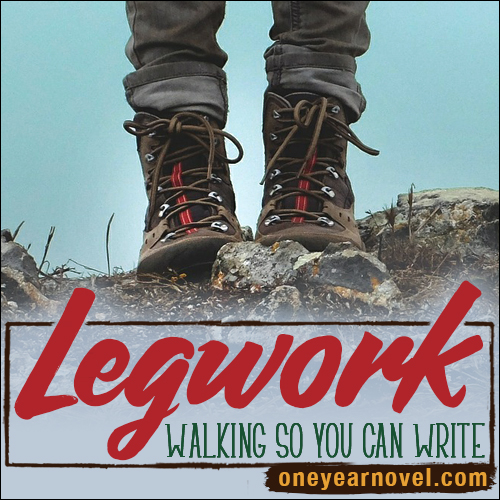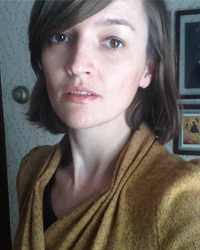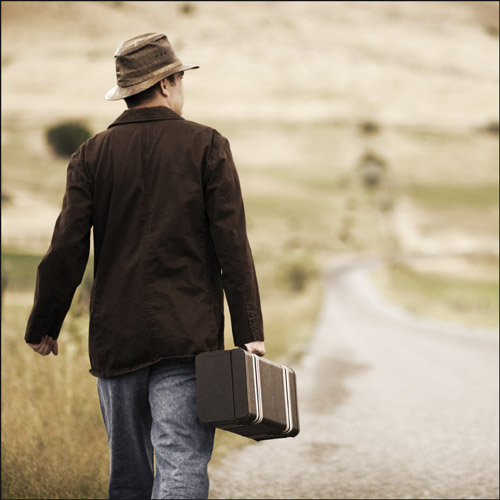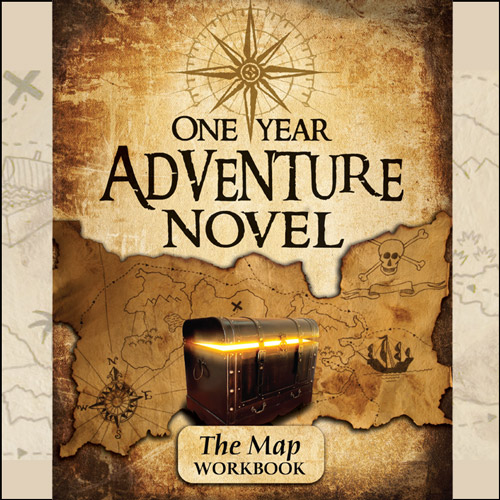Legwork: Walking So You Can Write
 By Tineke Bryson, Staff Writer
By Tineke Bryson, Staff Writer
“When will I write again?” I asked myself. “When I get out of here,” answered my gut.
Over my ten years in the American Midwest, I ran through this inner dialogue so often! I felt in my gut that I needed a change—that if I got a chance to live in a landscape that spoke to me, I WOULD write again. Missouri and Kansas had their beauty spots, but when I tried to find meaning in them, I felt as though I were trying to pick up a toothpick with an oven mitt. As a writer who works with nature motifs, this was a big problem.
But this conviction bothered me. I mean, creativity shouldn’t depend on place, right? If I were really a good writer, I would write anywhere, wouldn’t I? Why did I think I would write somewhere else if I couldn’t make myself write here?
Yet when I thought about it, these statements are not about creativity; they’re about discipline. Discipline means being able to write even when you’re uninspired. Discipline means being able to write anywhere. But creativity is a wild animal. It can’t be tamed.
The truth is, creativity is linked to place. There are so many examples of writers whose ideas and well-being are nourished by the places they love. Lucy Maud Montgomery, who wrote the Anne series, was powerfully inspired by Prince Edward Island. J. R. R. Tolkien is another one. His novels are shaped by his experience of walking—and loving—the British landscape.
So why did I feel so badly about myself? I was aware of this close relationship between writers and landscape, yet I wrestled long and hard to forgive myself for needing—and failing to make—that connection.
I finally did move, last year. To Edinburgh, Scotland, a resonant place for me. It’s been amazing to experience that my gut was right! As soon as I went out into the Scottish landscape, I connected with it. And I spotted that wild animal, my creativity.
I stepped outside my front door, put one foot in front of the other, and creativity broke from cover—burst the dams in my mind. I took off my mittens, I bent at the knees, and I pressed my palms to banks of moss, sank the heels of my boots into soaked paths, tilted my head to catch sunlight glinting off miniscule planes on frost flowers. I stood still and listened, identifying each sound as it presented itself to me. I got my nose smudgy on rain-soaked birch trunks, trying out their smell. My mind reached out a tentative hand, and found to its surprise that the wild animal of my creativity paused to let me stroke its ears.
Yet I also discovered that being in nature is not enough. I have to walk. Engage my senses, yes, but move in space. There is just something about walking that rolls thoughts into a cadence. When I am out walking, words and phrases run down my mind like water. I don’t jot them down. I just keep walking. Maybe take a photo to remind me of what I was looking at when the words came.
There is something specific about walking—the movement of walking—that may not only help us think, but be thinking itself.
I love to read nature writing and travel literature generally, but if it’s about traveling on foot, it just enthralls me. I devour Robert Macfarlane’s books. I am reading The Old Ways: A Journey on Foot. He writes: “The compact between writing and walking is almost as old as literature—a walk is only a step away from a story, and every path tells.”
One idea Macfarlane comes back to again and again is that there is a dimension to thinking that involves the senses.
“From my heel to my toe is a measured space of 29.7 centimetres or 11.7 inches,” he writes. “This is a unit of progress and it is also a unit of thought.”
He quotes the philosopher Jean-Jacques Rousseau who wrote, “I can only meditate when I am walking… when I stop I cease to think; my mind only works with my legs.”
This is true. I come back to my apartment to write the phrases out, but the thinking is pretty much done before I reach my front door.
I venture that other frustrated writers would find breakthrough if they were to walk, too. Not every writer enjoys the outdoors as much as I do. Not every writer has the opportunity or even the ability to walk, especially for long distances. Location, health trouble, disability…there are many obstacles to spending time in nature. But my story—my telling path—teaches us that our senses, and particularly physical movement, are key to new thinking, even if they don’t take the precise form of a walk in the Scottish countryside.
Often, when we are stuck or frustrated as writers, we retreat. We close the doors of our senses, take off our adventure shoes, pull the blinds and try to think. But that’s not how to think. Tracing a trajectory in our minds is not enough. Getting out of the woods creatively won’t happen by looking at a map. We have to move within the confines of our surroundings, our circumstances. We need to experience the world with all our senses. The walking itself will form new thoughts in us.
It’s hard to believe this. Why should we expect new ideas tomorrow, or even next year, if we have no new ideas right now? But walking and intentionally using each of our senses will form new thoughts. Walking is thinking.
I don’t think it’s coincidence that so many of the biblical psalms are pilgrimage songs. Or that the ministry of Jesus was a walking ministry. When you stop to think, a huge chunk of the Bible takes place on foot. That the Hebrews formed their songs while traveling makes sense—they did a lot of traveling, first as nomads and then as freed slaves, freed exiles, and so on. But I think these walking psalms—the “songs of ascent”—also speak to the fact that we are sensory beings, who think and pray best while experiencing our senses. We are not meant to be cerebral when we’re mentally stuck. Staying in our minds does not get us anywhere.
I have always been struck by the simple description of spiritual life as a “walk with God.” It’s so down to earth that I expect the phrase to have been coined by a modern writer—not be in the Bible! But we find it as early as the Book of Genesis. It is God who emphasizes that we are to walk with him. That was an idea he stamped his inspiration on.
Many things could be said, guessing at why God likes this word picture. It certainly makes me wonder what sort of walking companion I am, to God. And what sort of walking companion he is—what this choice of expression says about him. Clearly, walking is important to who we are. It’s not surprising at all that my creative breakthrough came down to one foot set in front of the other. And yes, my real foot. Not just mental steps in my head.
Let’s listen when our minds tell us we need to step outside. Let’s move down the path, all senses tuned.
…
Have you ever received creative inspiration by moving through your environment?
…
Tineke Bryson (Honors in Writing, Houghton College) lives in the center of a pretty complicated Venn diagram, right where fiction and nonfiction, creating and editing, and North American, European, and West African culture meet. Tineke grew up abroad, and before joining The One Year Adventure Novel, she worked as an editor.
She and her husband presently live in Edinburgh, Scotland. (Read about her move in “Musings on Adventure from an Anxious Protagonist”.) She is The One Year Adventure Novel‘s resident creative nonfiction enthusiast. An especially avid reader of landscape writing, Tineke also loves British and African history, reading middle-grade fiction, and collecting moths.



